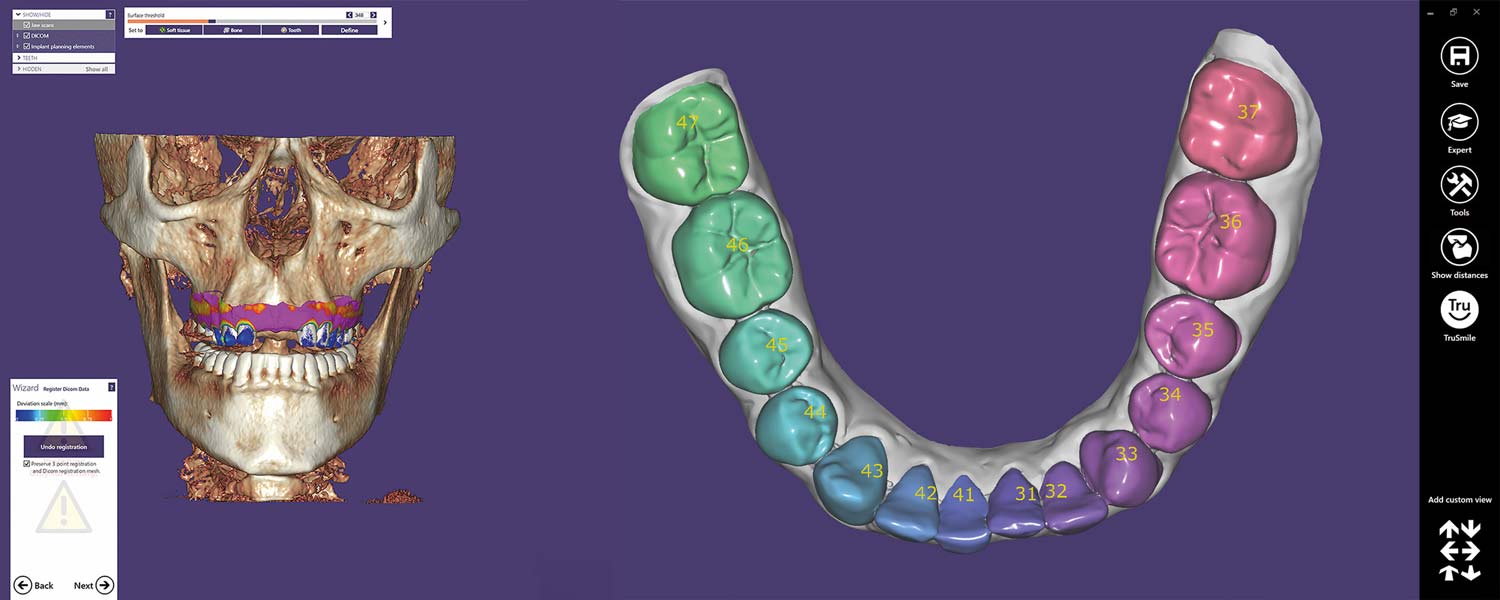The design and manufacture of dental prostheses by computer has become for laboratories of dental prosthetics a tool allowing great precision and speed of execution. The 3D scanning technique / 3D Printing allows the dental laboratory technician to manufacture 95% of the prosthesis from his computer..
The impression is taken using an intraoral scanner. The data obtained can thus be transferred directly to the computer of the technician who will design the provisional prosthesis then the definitive prosthesis.

